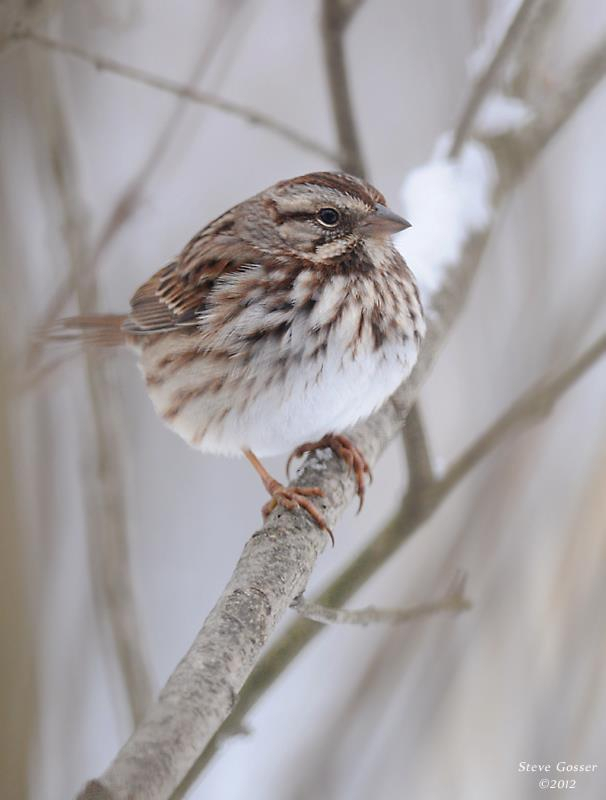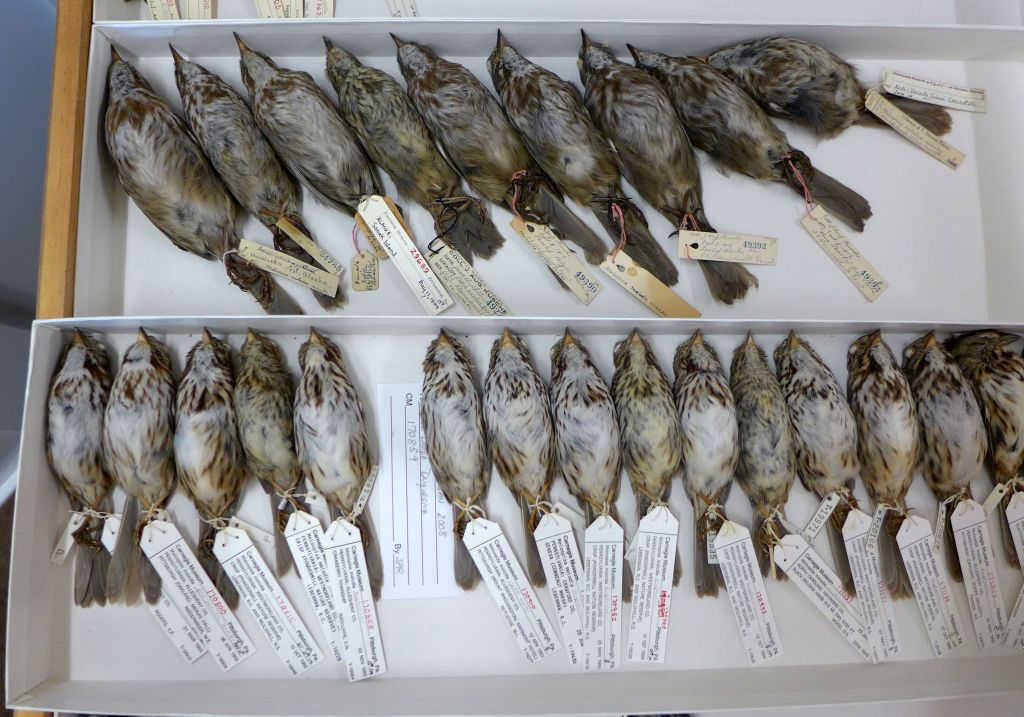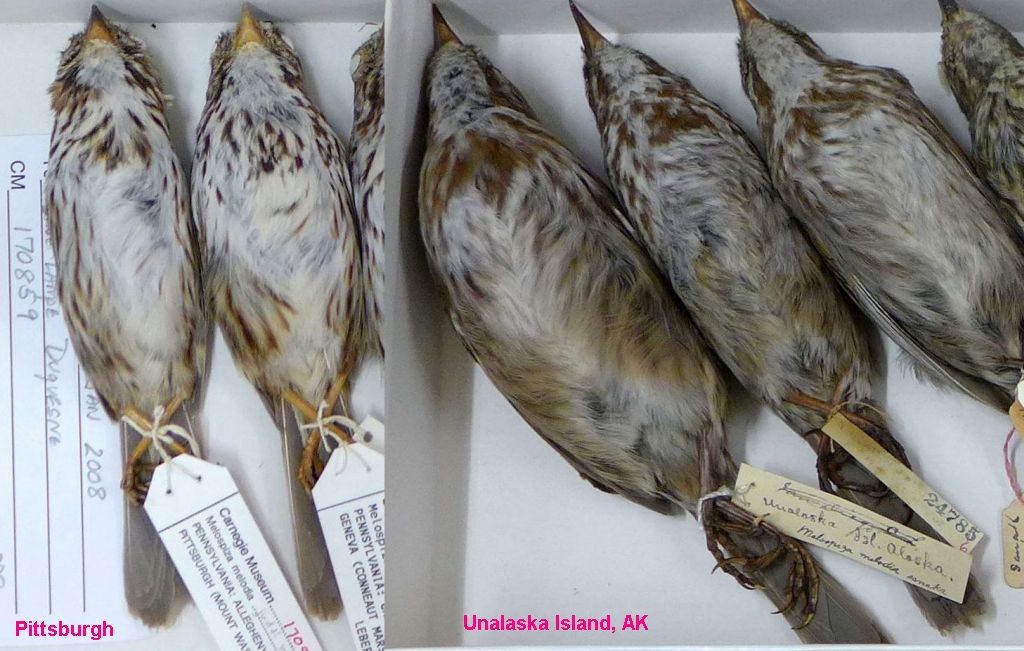
From their 29% population decline to the continued loss of federal protection the news about birds has not been good in recent months. When a December 2019 study from Chicago’s Field Museum found that North American birds have been shrinking since 1978 you may have wondered, “Is this bad news for birds?” Not exactly.
The study published in Ecology Letters measured 70,000 window-killed birds collected in Chicago since 1978. Analysis showed that the 52 species significantly declined in body size during the 40 year period (1978-2018). This mirrors a 2010 study conducted at Powdermill Nature Reserve in Pennsylvania which used 46 years of banding data (1961-2007) to analyze the body size of nearly 500,000 birds in 102 species. Powdermill also saw a decline in body size.
Both studies correlated the annual mean summer temperature of the species’ breeding range and reached the same conclusion: As the climate heats up, birds are getting smaller.
We should expect this.
There’s a biological rule of thumb called Bergmann’s Rule which states that, within a species, populations living in colder climates have larger body size than those in warmer climates. Bergmann’s explanation is that large animals have a lower surface-area-to-volume ratio so they lose heat more slowly in cold climates while small animals have a higher surface-to-volume ratio and can cool off faster when it’s hot.
Song sparrows (Melospiza melodia) provide a good example of Bergmann’s rule because they range across North America from Alaska to Newfoundland and south to Mexico. I saw their variability up close in the Carnegie Museum of Natural History’s Section of Birds in December 2016. My photo below shows sparrows collected in Alaska in the top row, sparrows from Pennsylvania on the bottom.

Here’s a closeup placed side by side (below):
- On the left, two song sparrows collected in Pennsylvania: Pittsburgh (leftmost) and Geneva Marsh.
- On the right, song sparrows collected in Alaska’s Aleutian Islands at Unalaska (leftmost) and Sanak.
Alaskan song sparrows are so large that they have to be placed sideways in the tray!

Smaller size is normal where it’s warmer.
It isn’t bad news for birds and it tells us two additional things:
- Birds’ bodies have been registering climate change long before we humans noticed or admitted it.
- Birds can evolve quickly when they have to.
Read about the Field Museum study at North American birds are shrinking. Read more about the Powdermill study at Birds are getting smaller.
p.s. This article was inspired by Andrew Nikiforuk’s As The Birds Vanish.
(top photo by Steve Gosser, remaining photos by Kate St. John)
I remember Bergmann’s rule from zoology classes at Penn State. White tailed deer are a good example too.